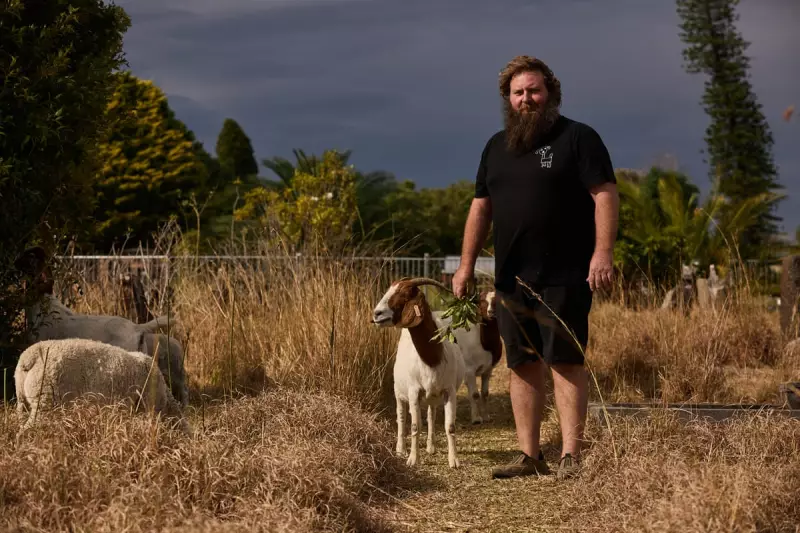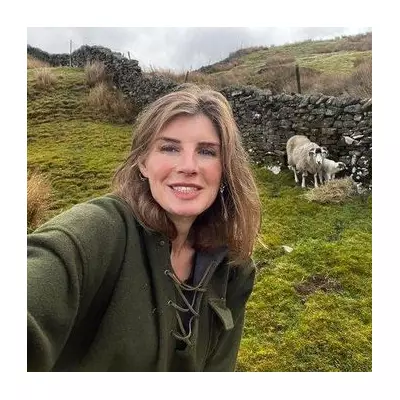
In an innovative approach to bushfire management, New South Wales is turning to an unlikely ally in the fight against devastating wildfires: herds of grazing goats. This natural solution is proving remarkably effective at reducing fire hazards across the state's most vulnerable regions.
The Four-Legged Firefighters
Across strategic locations in NSW, from the Central Coast to the Hawkesbury, goats are being deployed as living lawnmowers. These hungry herds consume the dry grasses, shrubs, and undergrowth that typically serve as fuel for bushfires during the hot, dry Australian summer.
Why Goats Work Where Machines Fail
Traditional fire prevention methods often involve heavy machinery and controlled burns, both of which come with significant limitations and risks. Goats, however, can access steep, rocky terrain that machinery cannot reach, while avoiding the air quality issues and potential escape risks associated with controlled burns.
Key advantages of goat grazing include:
- Ability to navigate difficult terrain inaccessible to machinery
- Reduced carbon emissions compared to mechanical clearing
- Natural fertilisation of the soil through droppings
- Cost-effective operation requiring minimal human intervention
Proven Results in High-Risk Zones
The program has demonstrated particular success in the Hawkesbury region, where goat herds have been strategically positioned to create natural firebreaks. Land managers report significant reduction in fuel loads, with some areas showing up to 80% clearance of combustible vegetation.
A Sustainable Future for Fire Management
As climate change intensifies bushfire seasons across Australia, environmental authorities are increasingly looking toward sustainable solutions. Goat grazing represents a win-win approach that not only reduces fire risk but also supports local agriculture and maintains ecological balance.
This innovative method showcases how traditional farming practices can be adapted to address modern environmental challenges, providing a natural defence against one of Australia's most persistent threats.





